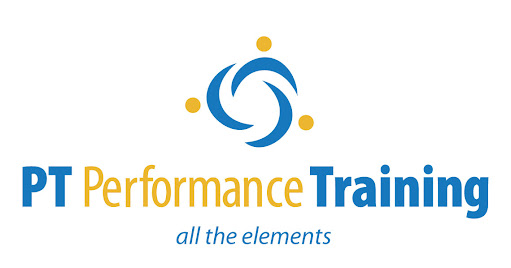My latest assignment as part of my post grad studies in sports nutrition was a really interesting one, but a really hard one too. We were given a recent scientific research article to critique. As not all scientific research actually has value, our task was to read the paper and find its strengths and weaknesses. Sounds simple, right? Well, it wasn't. I read the article inside out around 5 times, and in retrospect I should have read it a couple more times, for good measure.
I will not get into details about the article itself (unless someone is actually interested in the effects of GPLC on aerobic and anaerobic performance?!), but I will say this - most endurance athletes actively seek knowledge, which is fantastic. However, do not believe everything you read... even if you read a scientific research paper that was published in a pear reviewed journal, it may not provide you with appropriate advice... and it may have no scientific or practical significance at all.
A few basic key things to consider...
1. Who are the researchers affiliated with? Who did they receive research grants from?
2. Who were the participant? Trained athletes? sedentary individuals?
3. What was the study design? Was the research done in a lab? field setting? time trial? during a race? etc...
4. How recent is that paper?
5. Read a few more articles on the same topic... don't just go by one research paper...
6. Seek professional opinion. If you have read an article that you think may be of value to you, ask a professional in that field to read it and evaluate its content...
Have a great Tuesday... I have to get back to reading research papers about water and salt supplementation and cramping... that's for my next assignment. As this is an area with a lot of controversy around it (that is basically the point of the assignment...), I will likely share my conclusions here as soon as I am done :)
N
September 9, 2008
Subscribe to:
Post Comments (Atom)


No comments:
Post a Comment